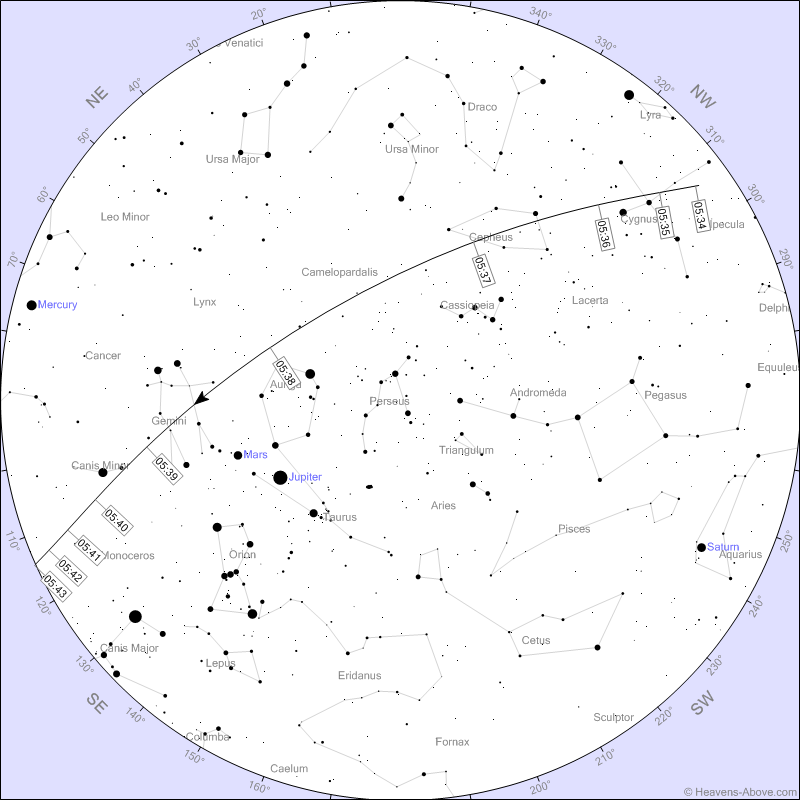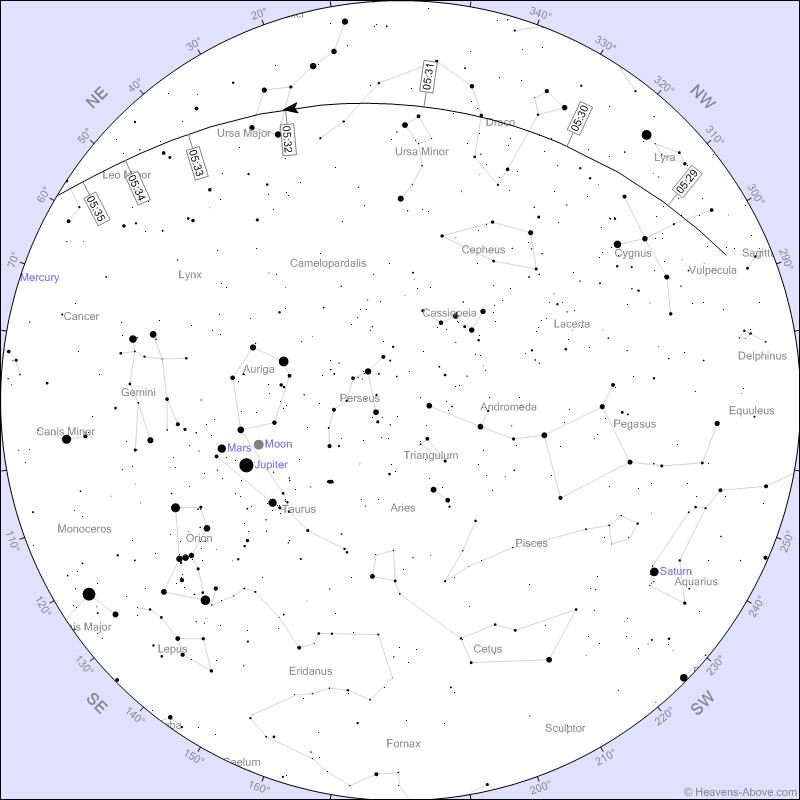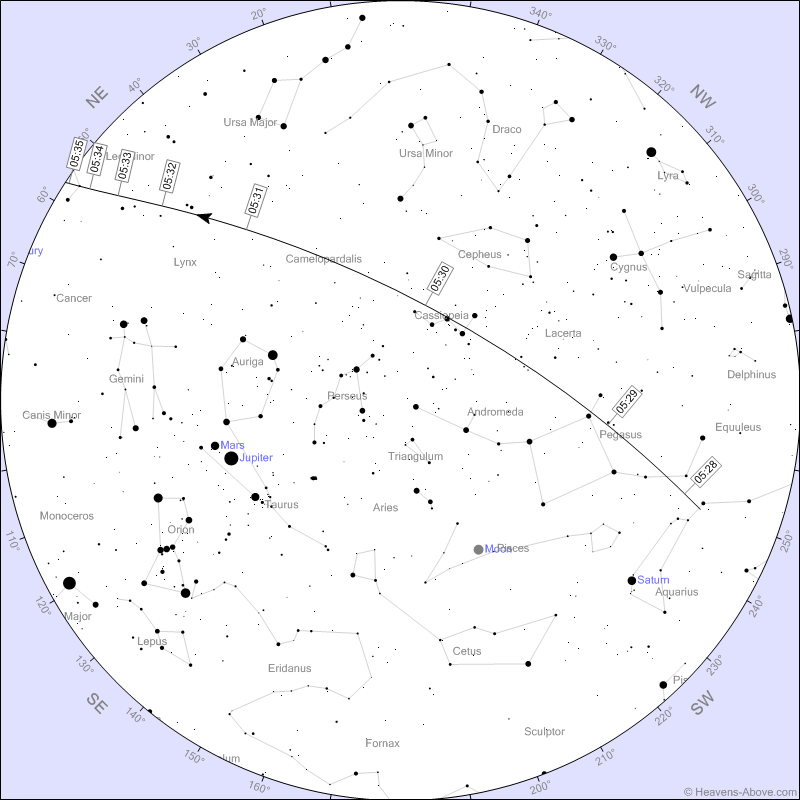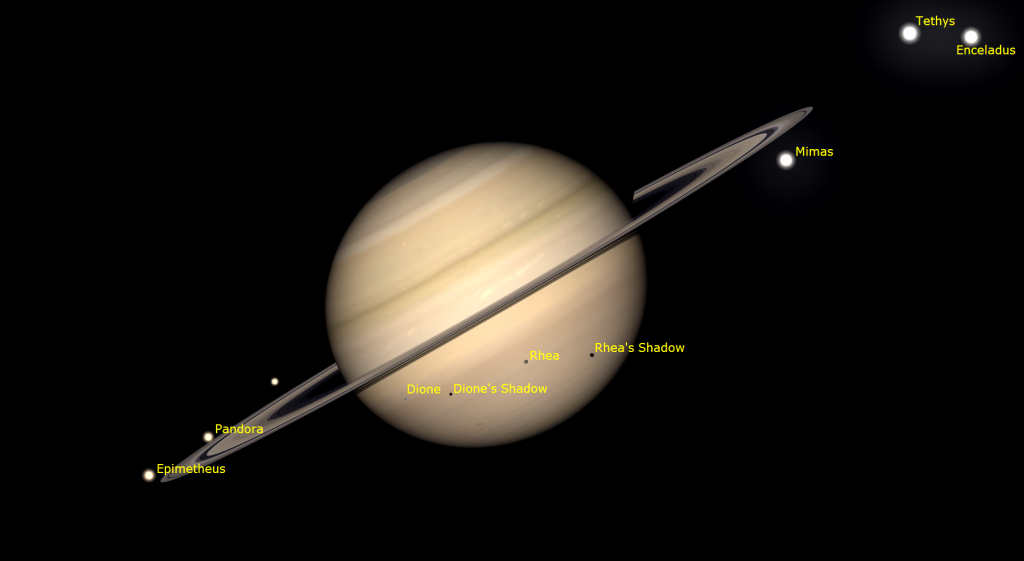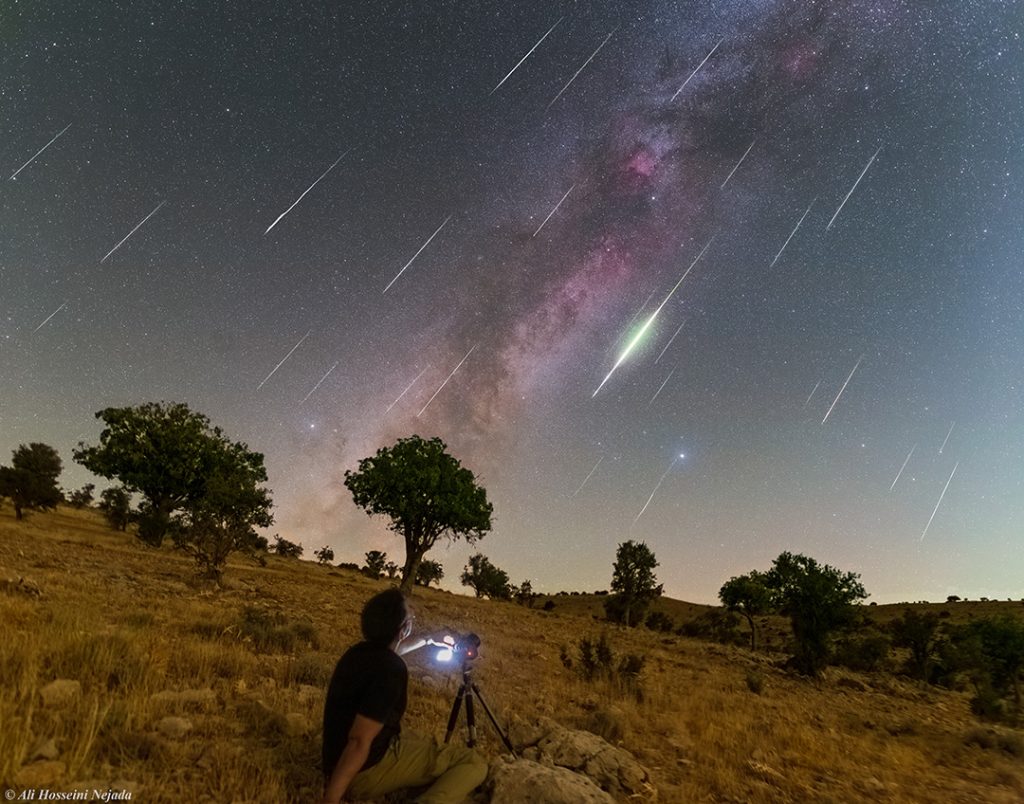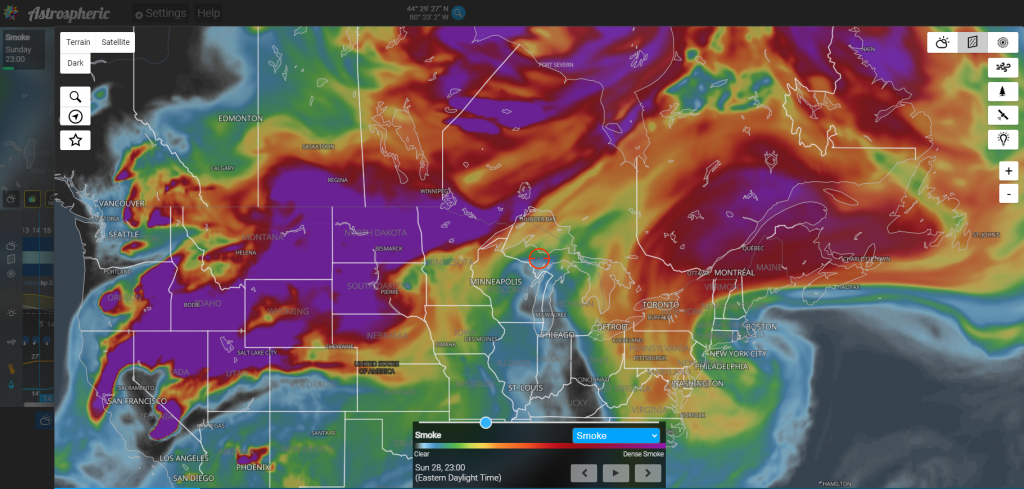Earlier Evenings Remain Moonless, Gazing at Giant Galaxies, and All the Planets Available!
The Cygnus Loop, also known as the Eastern and Western Veil Nebulae, are a gigantic remnant of a supernova in the southern wing of the Swan that spans more than five full moon diameters. It is visible in binoculars under very dark skies every summer. The bright star at right named 52 Cygni that the…
Read more

